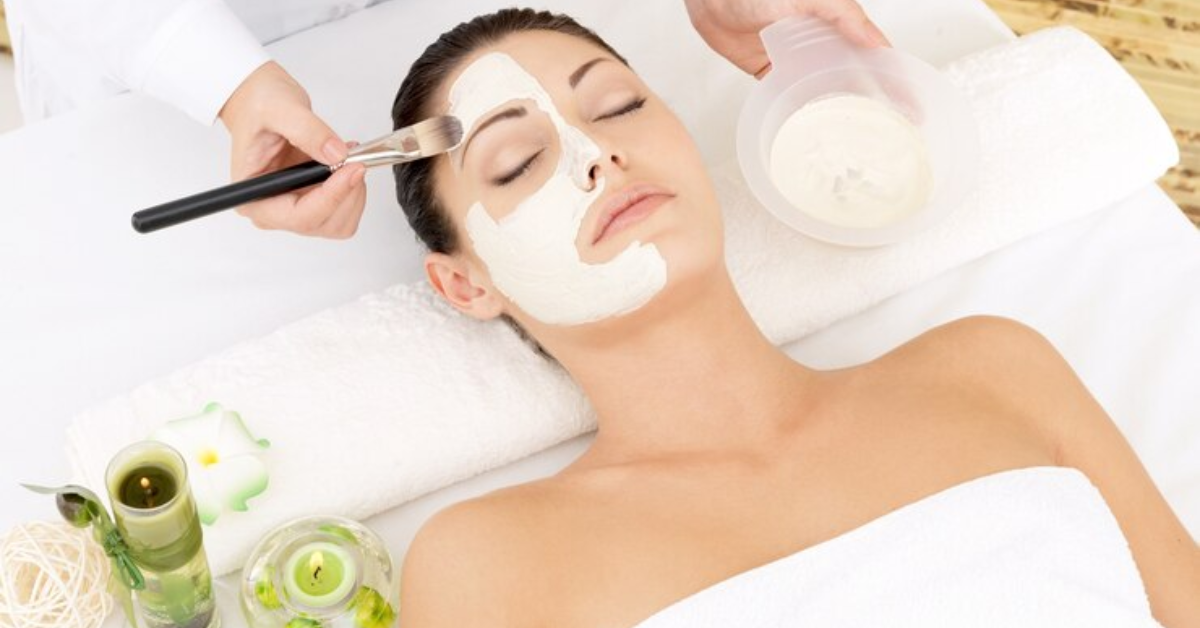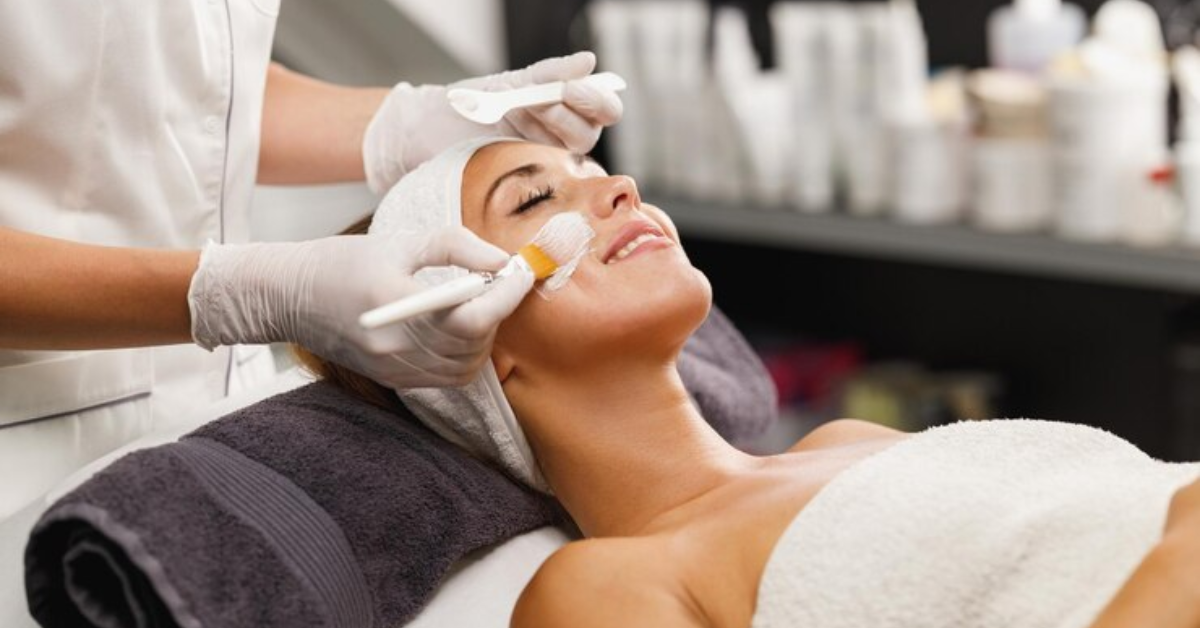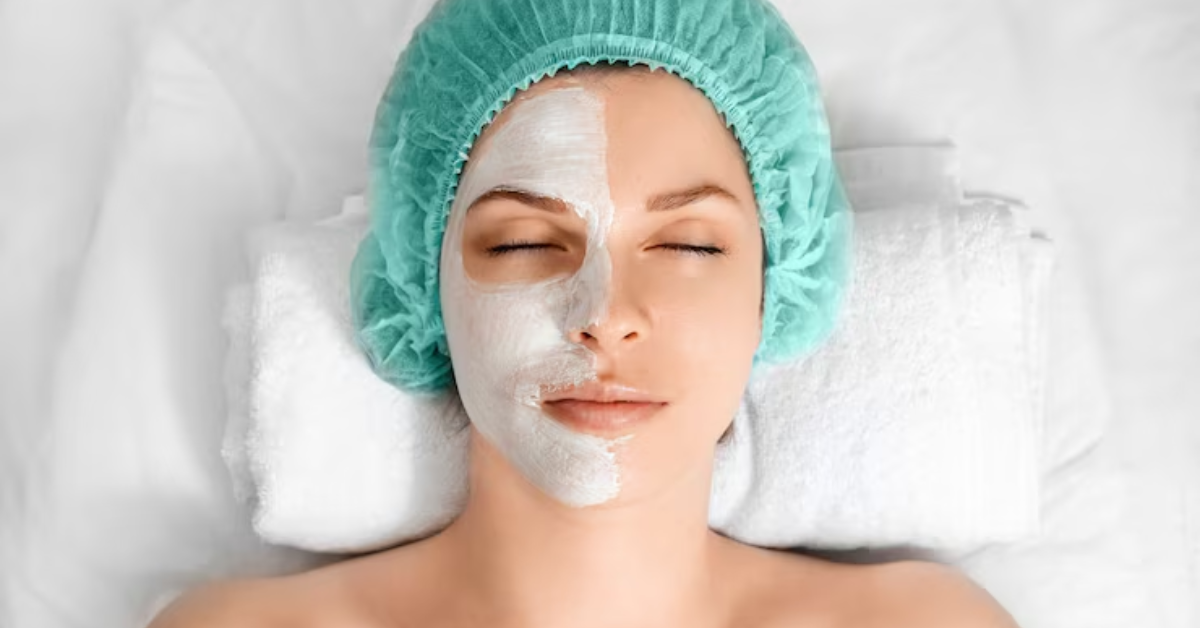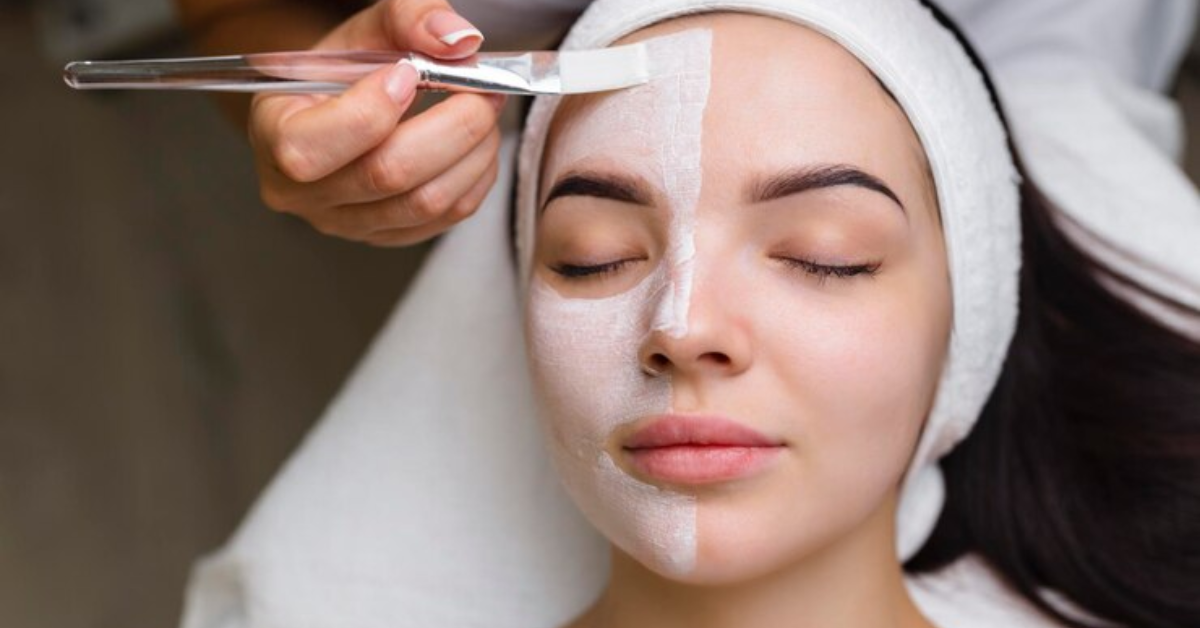Will Laser Hair Removal Stop Chin Hairs from Growing Back?
The pursuit of a smooth and hair-free chin prompts many individuals to explore various methods, with laser hair removal often emerging as a sought-after solution. The query surrounding whether laser hair removal can halt chin hairs from regrowing is a common inquiry among those seeking a more permanent means of hair reduction. Understanding the nuances of this process, its capabilities, and the factors influencing its effectiveness in addressing chin hair growth is pivotal in deciphering the potential outcomes. Delving into the realms of laser hair removal specifically tailored for chin hair elucidates not only the mechanism behind this procedure but also the realistic expectations individuals should consider when aiming for reduced hair growth in this area.
Mechanism and Process of Laser Hair Removal
Laser hair removal operates on the principle of selective photothermolysis, a process that utilizes concentrated beams of light to target hair follicles. The procedure involves directing controlled pulses of laser light onto the skin, where the melanin (pigment) in the hair absorbs the light energy. This absorbed energy transforms into heat, effectively damaging the hair follicles' ability to produce new hair. Over subsequent weeks or sessions, the treated hair falls out, leading to a reduction in hair growth in the targeted area.
The feasibility of laser hair removal for chin hair largely depends on the contrast between the
color of the hair and the surrounding skin tone. Dark, coarse hair against lighter skin tones responds more effectively to laser treatment due to the higher melanin concentration in the hair follicles, making the procedure more efficient and yielding better results. However, individuals with lighter hair or darker skin may find laser hair removal for chin hair less effective due to the reduced contrast, potentially requiring more sessions or alternative hair removal methods.
Moreover, considerations for chin hair removal via laser extend beyond skin and hair color contrast. The hormonal influence on chin hair growth, particularly in women experiencing conditions like hirsutism, polycystic ovary syndrome (PCOS), or hormonal imbalances, might impact the
success of laser hair removal. Consulting with a qualified professional helps assess the feasibility of laser treatment, considering these factors and tailoring the approach to achieve optimal results while managing realistic expectations.
Laser hair removal's mechanism of action and the specific considerations for targeting chin hair aid in understanding its efficacy and limitations. It underscores the importance of personalized assessments and consultations to determine the feasibility of laser treatment for chin hair reduction based on individual factors and expectations.
Addressing Chin Hair Growth Concerns
A common misconception surrounding laser hair removal, especially concerning chin hair, is the belief in achieving complete and permanent hair removal in a single session. Contrary to this myth, laser hair removal offers a
reduction in hair growth rather than an absolute elimination. While the treatment significantly diminishes hair growth, achieving
complete permanent removal might require multiple sessions spread over several weeks or months. The term "permanent reduction" more accurately reflects the procedure's outcome, as it considerably reduces hair growth and leads to finer, lighter hairs, but some hair regrowth may occur over time.
Realistic expectations play a crucial role in managing concerns related to chin hair growth and laser hair removal. Understanding that individual factors such as hair color, skin tone, hormonal influences, and genetics can influence treatment outcomes is essential. While laser hair removal effectively reduces hair growth in many cases, it's vital to recognize that results may vary among individuals. Factors like hormonal imbalances or underlying medical conditions impacting excessive hair growth may require ongoing maintenance sessions to manage regrowth effectively.
Setting realistic expectations involves acknowledging that achieving significant reduction or near-hairless skin in the chin area might necessitate multiple sessions and adherence to
post-treatment care. Embracing the idea of continual maintenance sessions, if needed, to sustain the desired results is crucial for managing expectations and embracing the realistic outcomes of laser hair removal for chin hair.
Addressing concerns about chin hair growth through laser hair removal involves dispelling misconceptions about complete hair removal and fostering realistic expectations. Recognizing the procedure's limitations while acknowledging its effectiveness in reducing hair growth assists individuals in making informed decisions and embracing the process with practical and achievable goals.
Factors Influencing Results
Hair Color and Thickness:
Hair color and thickness significantly influence the efficacy of laser hair removal. The procedure is most effective on dark, coarse hairs due to the higher concentration of melanin, the pigment that absorbs the laser's energy. Consequently, darker hairs respond better to the treatment compared to lighter or finer hairs. The contrast between dark hair and lighter skin allows the laser to effectively target and damage the hair follicles, resulting in a more successful reduction in hair growth.
Individuals with blonde, red, or grey hair may find laser hair removal less effective due to the lower melanin content, requiring additional sessions or alternative approaches.
Skin Tone and Sensitivity:
Skin tone and sensitivity also play crucial roles in the success of laser hair removal. Lasers work by targeting the melanin in hair follicles, and in the case of skin, higher levels of melanin can pose challenges.
Darker skin tones contain more melanin, making it more challenging for the laser to differentiate between the hair and surrounding skin. Therefore, individuals with darker skin tones need specialized laser equipment that specifically targets the hair follicles while minimizing damage to the skin. Additionally,
skin sensitivity can affect the treatment process, potentially causing discomfort or adverse reactions, particularly in individuals with sensitive skin. Proper assessment and choosing appropriate laser settings are essential to ensure effective treatment while minimizing any adverse reactions or discomfort based on individual skin characteristics.
It is essential to understand how hair color, thickness, skin tone, and sensitivity affect laser hair removal outcomes. Tailoring the approach to individual characteristics and employing specialized equipment or settings for different skin tones and hair types enhances the procedure's effectiveness while mitigating potential risks or limitations.
Hormonal Influences
Hormonal influences can significantly impact hair growth patterns and, consequently, the effectiveness of laser hair removal. Conditions like polycystic ovary syndrome (PCOS), hormonal imbalances, or fluctuations can lead to excessive or abnormal hair growth, particularly in areas such as the chin. These hormonal variations stimulate increased hair follicle activity, causing thicker and denser hair growth.
Laser hair removal's success may be affected by hormonal influences, as fluctuations in hormone levels can alter hair growth cycles. In some cases, individuals experiencing hormonal imbalances may notice that hair regrowth occurs even after successful laser treatments. Managing hormonal conditions through medical interventions or seeking guidance from healthcare professionals specialized in hormonal imbalances can complement laser hair removal treatments, potentially improving their efficacy in managing excessive hair growth influenced by hormonal factors. Understanding and addressing these hormonal influences are crucial considerations when undergoing laser hair removal, especially for areas like the chin where hormonal effects on hair growth might be more pronounced.
Personalizing Treatment Plans
A critical step in personalizing laser hair removal treatment plans involves an initial consultation and thorough assessment. During this consultation, a qualified practitioner evaluates various factors such as skin type, hair color and thickness, medical history, hormonal influences, and any underlying conditions impacting hair growth. This assessment helps determine the feasibility of laser hair removal for the individual, identifying potential risks or limitations and setting realistic expectations regarding the treatment outcomes.
Customizing laser settings is a pivotal aspect of tailoring the treatment to an individual's unique characteristics. Based on the assessment, the practitioner adjusts the laser's wavelength, energy level, and pulse duration to suit the specific skin type, hair color, and sensitivity. For instance, individuals with darker skin tones may require specialized lasers with longer wavelengths to minimize the risk of damaging the skin while effectively targeting the hair follicles. Fine-tuning these settings ensures precise and optimal results while minimizing discomfort or adverse reactions during the treatment sessions.
Personalizing treatment plans through thorough consultations, assessments, and the customization of laser settings is fundamental in
maximizing the efficacy and safety of laser hair removal. This individualized approach addresses varying skin and hair characteristics, tailoring the treatment to the specific needs of each individual and enhancing the overall success of the procedure.
Potential Outcomes and Maintenance
After undergoing laser hair removal, individuals can anticipate a reduction in hair growth in the treated areas. However, it's essential to understand that complete hair removal might not be achievable, and the degree of reduction varies among individuals. Typically, individuals experience a gradual thinning of hair, with some hairs becoming finer and lighter in color. Results may become noticeable after a few sessions, and optimal outcomes often require multiple sessions spaced over several weeks or months. Managing expectations regarding the reduction of hair growth rather than complete removal is key to understanding the anticipated results of laser hair removal.
Post-treatment care and maintenance play a vital role in maximizing the effectiveness of laser hair removal and sustaining the achieved results. Following the treatment sessions, practitioners often recommend specific post-care guidelines. This might include avoiding sun exposure, refraining from plucking or waxing treated hairs between sessions, and using moisturizers or soothing creams as advised. Adhering to these guidelines helps prevent skin irritation, reduces the risk of complications, and optimizes the long-term effectiveness of the treatment.
Moreover, maintaining the results of laser hair removal might require periodic maintenance sessions. These sessions help address any residual hair growth or new hair follicles that enter the growth phase after the initial treatments. Understanding and committing to post-treatment care guidelines, as well as scheduling maintenance sessions as needed, are crucial aspects of ensuring sustained results and maximizing the benefits of laser hair removal over time.
Conclusion
Laser hair removal offers a promising avenue for managing chin hair by significantly reducing its growth. Understanding the procedure's realistic outcomes, personalized approaches, and diligent post-treatment care are pivotal in achieving optimal results. While it may not guarantee complete removal, laser hair removal presents a viable solution, empowering individuals to effectively manage and reduce unwanted chin hair, fostering confidence and comfort in one's appearance.
BOOK YOUR FREE SESSION
We will get back to you as soon as possible
Please try again later
-
Locations
- Laser hair removal fort lauderdale
- Laser hair removal Hollywood
- Laser hair removal Pompano Beach
- Laser hair removal Pembroke Pines
- Laser hair removal Dania
- Laser hair removal Coral Springs
- Laser hair removal Margate
- Laser hair removal Coconut Creek
- Laser hair removal Deerfield Beach
- Laser hair removal Hallandale
- Laser Hair Removal Cooper city
- Laser hair removal davie
© 2021 Huggie Beauty Developed by LocalOptimize.co - All Rights Reserved










